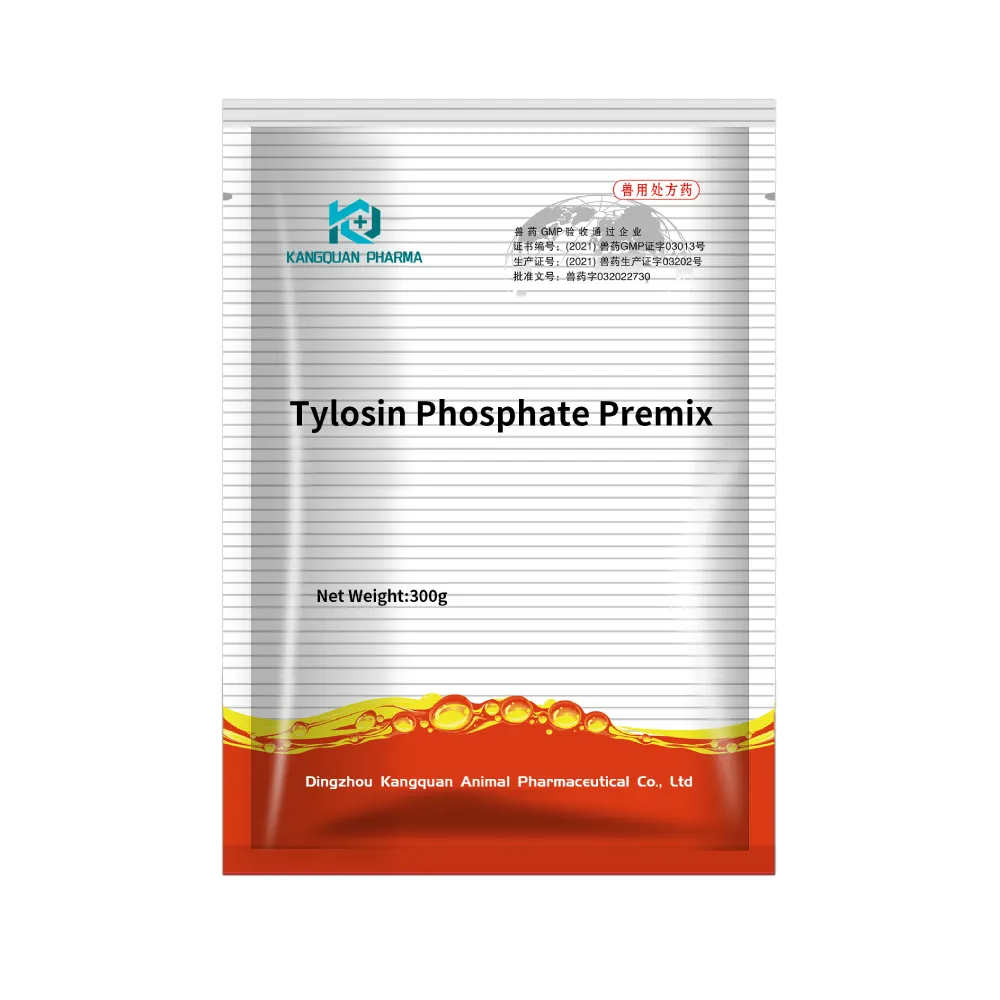- Afrikaans
- Albanian
- Amharic
- Arabic
- Armenian
- Azerbaijani
- Basque
- Belarusian
- Bengali
- Bosnian
- Bulgarian
- Catalan
- Cebuano
- Corsican
- Croatian
- Czech
- Danish
- Dutch
- English
- Esperanto
- Estonian
- Finnish
- French
- Frisian
- Galician
- Georgian
- German
- Greek
- Gujarati
- Haitian Creole
- hausa
- hawaiian
- Hebrew
- Hindi
- Miao
- Hungarian
- Icelandic
- igbo
- Indonesian
- irish
- Italian
- Japanese
- Javanese
- Kannada
- kazakh
- Khmer
- Rwandese
- Korean
- Kurdish
- Kyrgyz
- Lao
- Latin
- Latvian
- Lithuanian
- Luxembourgish
- Macedonian
- Malgashi
- Malay
- Malayalam
- Maltese
- Maori
- Marathi
- Mongolian
- Myanmar
- Nepali
- Norwegian
- Norwegian
- Occitan
- Pashto
- Persian
- Polish
- Portuguese
- Punjabi
- Romanian
- Russian
- Samoan
- Scottish Gaelic
- Serbian
- Sesotho
- Shona
- Sindhi
- Sinhala
- Slovak
- Slovenian
- Somali
- Spanish
- Sundanese
- Swahili
- Swedish
- Tagalog
- Tajik
- Tamil
- Tatar
- Telugu
- Thai
- Turkish
- Turkmen
- Ukrainian
- Urdu
- Uighur
- Uzbek
- Vietnamese
- Welsh
- Bantu
- Yiddish
- Yoruba
- Zulu
8 月 . 15, 2024 01:01 Back to list
Investigation of the Efficacy of Ivermectin and Closantel Injection in Treating Parasitic Infections
Ivermectin-Closantel Injection A Promising Combination in Veterinary Medicine
In recent years, the veterinary pharmaceutical industry has made significant advancements in developing effective treatments for parasitic infections in livestock. Among various options available, the combination of ivermectin and closantel in injectable form has garnered considerable attention for its potency and efficacy. This article explores the benefits, mechanisms, and applications of the ivermectin-closantel injection in veterinary practice.
Understanding Ivermectin and Closantel
Ivermectin is a broad-spectrum antiparasitic agent recognized for its effectiveness against a range of parasites, including nematodes, arthropods, and some ectoparasites. It works by binding to specific chloride channels in the parasites, leading to paralysis and death. Ivermectin is widely used in various animal species, especially dogs, cats, cattle, and sheep, to control a spectrum of internal and external parasites.
Closantel, on the other hand, is known primarily for its efficacy against flukes and certain nematodes. It functions by inhibiting the energy metabolism of parasites and disrupting glucose uptake, leading to their demise. Closantel is particularly effective in treating fasciolosis, a disease caused by liver flukes that affects livestock and can cause significant economic loss.
Synergistic Effects of the Combination
The combination of ivermectin and closantel in an injectable formulation provides a synergistic effect that enhances the overall efficacy of treatment. The dual action of these two antiparasitic agents allows for a broader spectrum of control against various parasitic infections.
ivermectin closantel injection

This combination is particularly beneficial in veterinary settings where multiple parasite infestations may overlap, such as in mixed infections caused by nematodes and flukes. By administering both ivermectin and closantel simultaneously, veterinarians can simplify treatment protocols, ensure comprehensive parasite control, and minimize the need for multiple injections.
Clinical Applications and Benefits
The ivermectin-closantel injection is particularly valuable in large animal practice, especially in cattle and sheep farming. It helps mitigate the risks posed by internal parasites, such as gastrointestinal nematodes, as well as external parasites like mites and ticks. By providing a single injection that targets a wide range of parasites, farmers can improve the health and productivity of their livestock.
Additionally, reducing the frequency of treatments not only decreases the stress on animals but also helps in minimizing handling-associated injuries and improving animal welfare. Another key benefit is the reduction of chemical residues in animal products. The judicious use of such combination therapies is essential in maintaining food safety regulations, which is a growing concern in the global market.
Conclusion
The ivermectin-closantel injection represents a significant innovation in veterinary medicine, combining the strengths of two potent antiparasitic agents into one convenient treatment option. Its effectiveness against a broad spectrum of parasites, coupled with its ease of administration, makes it indispensable in modern livestock management. As the industry continues to evolve, the integration of such combination therapies will be crucial in ensuring sustainable and responsible practices in animal health care. Through ongoing research and development, we can expect even more advanced formulations that enhance livestock welfare and productivity in the future.
-
The Power of Radix Isatidis Extract for Your Health and Wellness
NewsOct.29,2024
-
Neomycin Sulfate Soluble Powder: A Versatile Solution for Pet Health
NewsOct.29,2024
-
Lincomycin Hydrochloride Soluble Powder – The Essential Solution
NewsOct.29,2024
-
Garamycin Gentamicin Sulfate for Effective Infection Control
NewsOct.29,2024
-
Doxycycline Hyclate Soluble Powder: Your Antibiotic Needs
NewsOct.29,2024
-
Tilmicosin Premix: The Ultimate Solution for Poultry Health
NewsOct.29,2024













